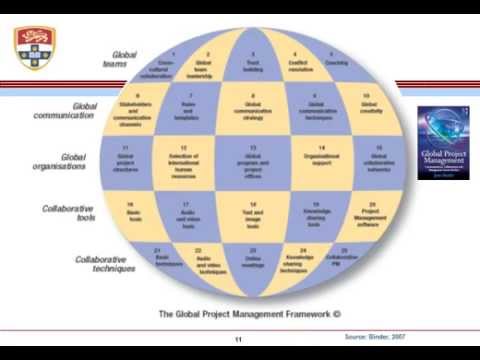Contenidos
All global project management
Software project management
critical mass for our delivery of customer solutions in the rapidly growing Sub-Saharan market as well as globally in the mining, metals and minerals industries,” said Terry Gebert, vice president and general manager, Rockwell Automation Systems & Solutions business unit.
for our delivery of customer solutions in the rapidly growing Sub-Saharan market as well as globally in the mining, metals and minerals industries,” said Terry Gebert, vice president and general manager, Rockwell Automation Systems & Solutions business unit.
Feedback
It has been suggested that Project Manager be merged into this article or section (see discussion).Once you have performed the article merge, request the history merge here.Using this template: {{sust:Merge from|Name up to twenty other articles to merge separated by “|”}}
The temporary nature of projects is in contrast to the normal operations of any organization,[3]which are repetitive, permanent or semi-permanent functional activities that make products or service. In practice, the management of these two systems are often very different, requiring the development of different technical skills and management strategies.
As a discipline, project management has developed several fields of application, including civil construction, engineering and heavy defense. [9] The two precursors of project management are Henry Gantt, called the father of planning and control techniques,[10] who is famous for the use of the Gantt chart as a tool in project management (also known as Harmonogram, first proposed by Karol Adamiecki[11]); and Henri Fayol for the creation of the five management functions that are the cornerstone of the body of knowledge related to project and program management. [12] Both Gantt and Fayol studied and analyzed Frederick Winslow Taylor’s theories of scientific organization. Their work is the precursor to several modern project management tools such as work breakdown structure (WBS) and resource allocation.
Importance of project management
Before starting the planning of any project, it is necessary to know what project management really consists of. Knowing the phases that make it up and the benefits that project management brings are determining factors. Whether you are just starting out in the world of project management or have already gained experience, this article is sure to be useful.
Project management is made up of all those actions that must be carried out to meet a defined objective within a given period of time during which resources, tools and people are used, which have a cost that must be taken into account when the budget is made. In the end you always obtain final products that must correspond to the initial objectives.
The objective when doing project management, at the end of the day, is that you make an original product and that it meets a specific customer need. It is often more complicated than with the standard way of marketing, where a customer buys a product to meet their need. However, in a project, the product has to fulfill a specific need that must be clear. This is one of the difficulties of project management, as there are often no precedents in the organization.
Global projects examples
Continuous process companies are characterized by an intensive use of machinery, having operators with mainly operating and supervisory functions and by having wastes focused on breakdowns, reference changes, cleaning, etc.
In labor-intensive companies, it is very important to establish working conditions that allow the elimination of waste caused by inadequate batches, excessive internal transport, poorly performed operations, poor product quality, poorly motivated personnel, etc.
The first component refers to the fact that all the processes involved in the generation of project value, from initiation, planning, execution, control and finally project closure, must be perfectly coordinated.
For this purpose, project coordination, control and monitoring tools are used, based on the critical chain and the best practices of the PMI (Project Management Institute). Projects must flow through the organization in a coordinated manner, using the figure of the Project Manager.

